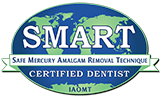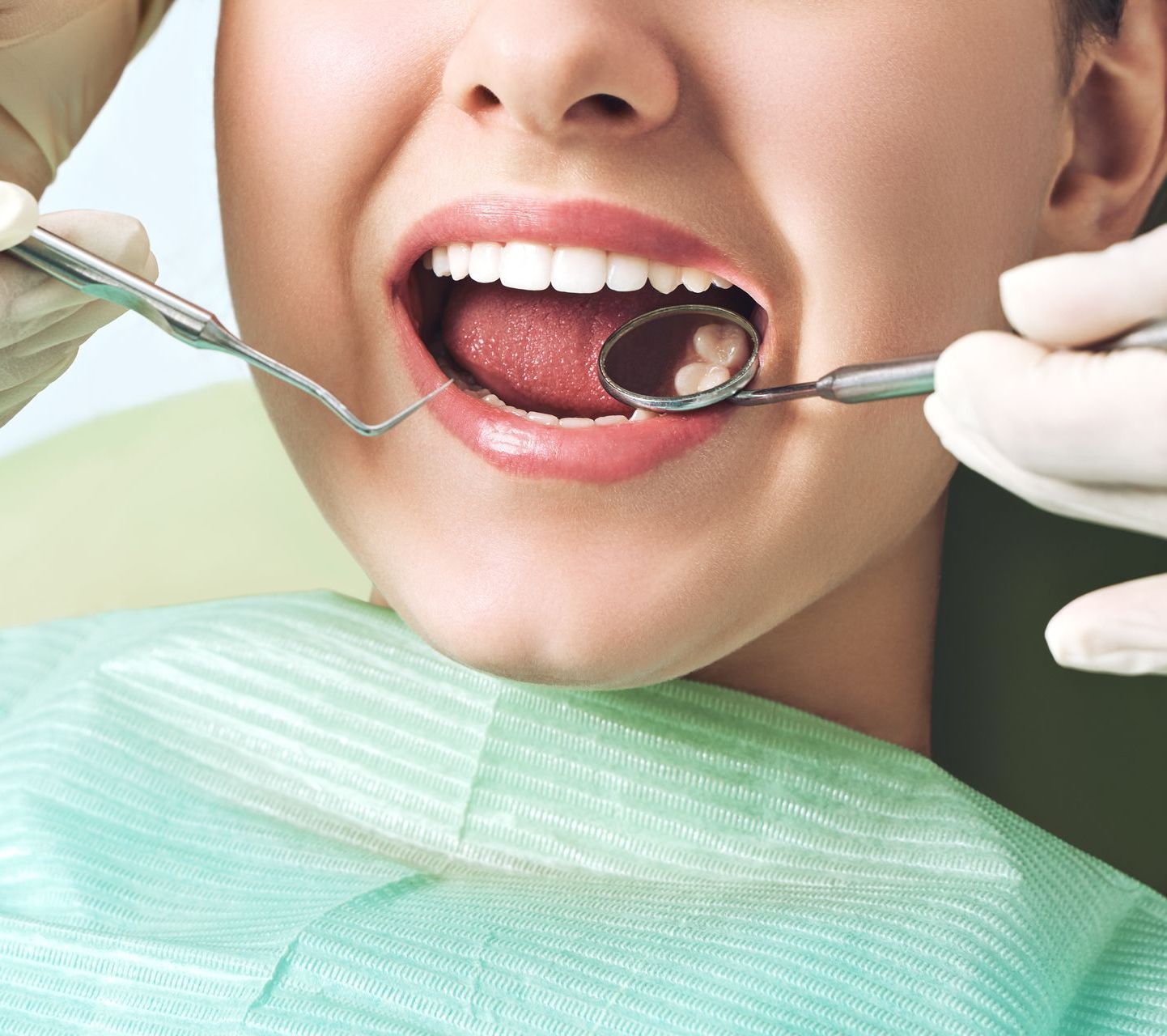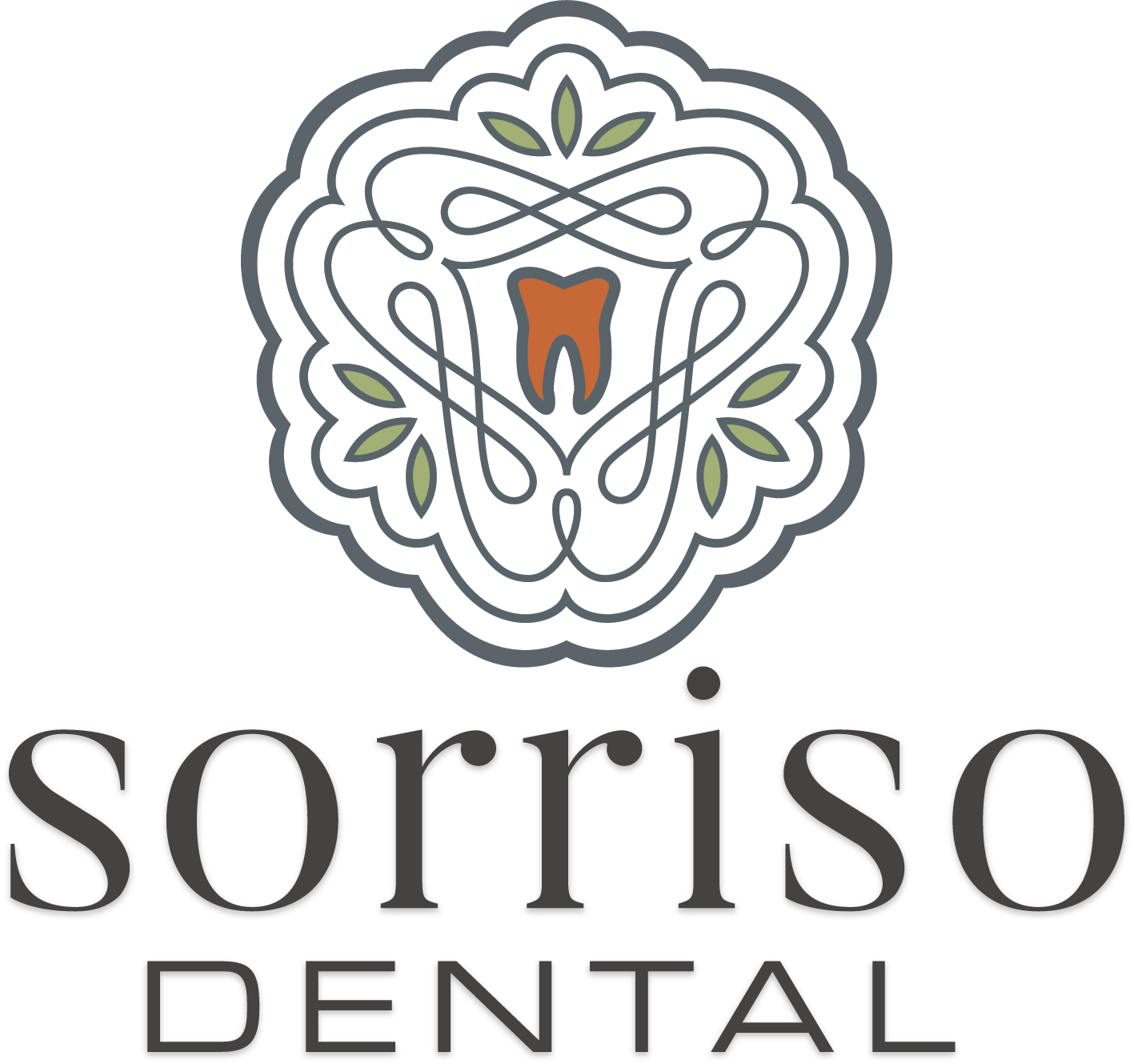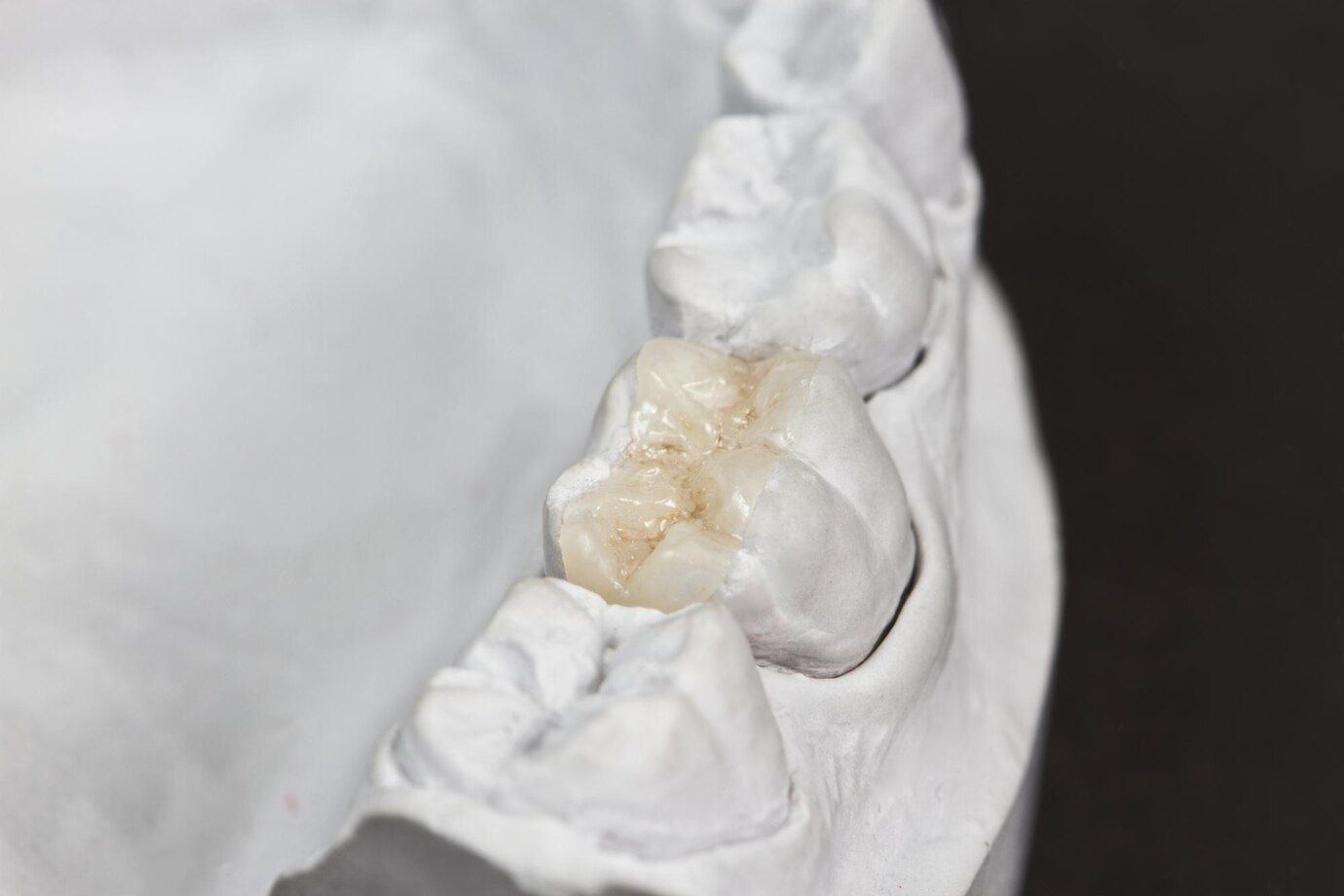Restorative Care

Mercury Filling Removal
At Sorriso Dental we are S.M.A.R.T. certified, which means we safely remove your mercury amalgam fillings using the Safe Mercury Amalgam Removal Technique.
Mercury is toxic, so why is it in our dental fillings?
Think back to when we used mercury thermometers. What would happen if you broke one? It was a big deal, because mercury is toxic. So, why is mercury used in dental fillings? At Sorriso Dental, we believe it’s time to think differently about the dental fillings in our mouths.
Traditional dental fillings are made of materials such as synthetic resins, metals, and cements. While these materials are effective in repairing tooth decay, they are not biocompatible in the body, and metal amalgam fillings contain toxic mercury.
Biological dental treatments are biocompatible and bioresorbable, which means they are made of materials that are in line with the body’s natural healing process. They don’t cause the adverse side effects that traditional dental materials have been known to cause, such as allergic reactions, migration, or deterioration of tooth structure.
S.M.A.R.T. Safe Mercury Amalgam Removal Technique

The removal of mercury amalgam fillings can release particles that are contaminated with mercury into the air. To protect yourself and your dental team from exposure, it is important to choose a biological dentist certified in safe mercury amalgam removal. Dr. Labritz and the Sorriso Dental team are SMART certified and are dedicated to restoring and improving your whole-body wellness through Safe Mercury Amalgam Removal.
Safe Mercury Amalgam Removal Technique certification (SMART) signifies that a dentist has completed the International Academy of Oral Medicine and Toxicology (IAOMT’s) educational program about rigorous recommendations for removing existing dental mercury amalgam fillings.
As with most academic educational programming, upon completion of the course, the biological dentist in Morgantown, WV determines the specific methods and techniques that will be employed in his/her own dental practice. This is because health care professionals must make their own informed judgments in their practices.
Remove Metal Fillings for a Healthier YOU
At Sorriso Dental, we’re committed to restoring teeth with materials that mimic natural teeth and contribute to your wellness. Amalgam holds a long track-record in dentistry, but it contains a mix of metals, including mercury. We believe that eliminating the use of amalgam is healthier for you and us.
You’ll find:
- Safe removal and disposal of metals
- SMART certification for ultimate protection
- Tooth-colored materials that blend with your smile
- Bonding techniques that strengthen teeth
- Personalized solutions based on your goals and history.
Experience The Difference.
Our commitment to your wellbeing includes the materials we use and the way we use them. At Sorriso Dental, we leave your mouth prettier, stronger, and healthier. Your overall health wins, too! Book an appointment today to discuss your options for better health and a smile you love to share!

Composite Fillings
Cavities and small fractures can cause much larger issues if left untreated. In the past, metal restorations called amalgam fillings (or silver fillings) served a need but left many teeth discolored and strained from the wedging effect of the metal. Today, tooth-colored composite resins blend into the tooth structure and are chemically bonded to the tooth providing a strong, permanent restoration.
Composites serve both functional and aesthetic roles, often at the same time. For example, a cavity invading the front of a tooth along the gum line may be visible in your smile line. By gently cleaning out the soft, discolored area and replacing it with a tooth-colored filling, the tooth is restored and looks better than ever.
Composites contain a mix of liquid resin embedded with finely ground glass particles. After being molded to the prepared tooth structure, a blue light applied directly to the composite hardens the filling material within seconds. Once it’s shaped and polished to a high shine, the restoration is complete. Book now with us for composite fillings in Morgantown, WV.
Onlays
When we consider the options to preserve even a single broken tooth, we take a conservative approach. Fortunately, modern dental materials allow us to rebuild teeth to full function while maintaining as much natural tooth structure as possible.
Sometimes teeth suffer damage because of normal function over time, cavities, heavy bite forces, and trauma. While teeth may need to be fully “capped” with a dental crown, some smaller fractures can be perfectly restored with an onlay. A crown requires a little more tooth preparation, but onlays allow the unbroken portions of a tooth to be left uncut. A custom piece of porcelain, like a partial crown, is bonded to the damaged area.
Onlays blend seamlessly with the natural enamel and enhance both function and appearance. When the most conservative option fits your treatment plan, Dr. Labritz and the Sorriso Dental team may suggest an onlay for ultimate restoration. Call us for dental crowns in Morgantown, WV.


